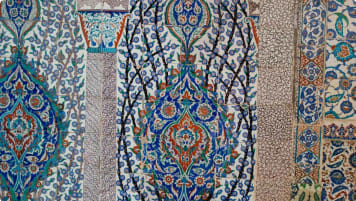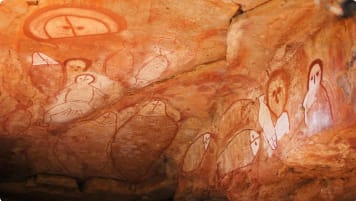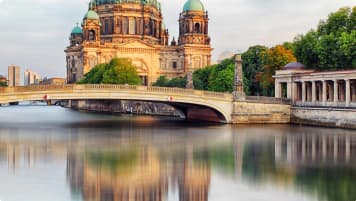15 Must-See Sites in Berlin
15 Must-See Sites in Berlin | Small group tours Germany Berlin, capital of Germany, venue of the Berlinale, seat of the German Parliament, and location of UNESCO-protected Museum Island, occupies a place of prominence as…
9 Dec 19 · 4 mins read
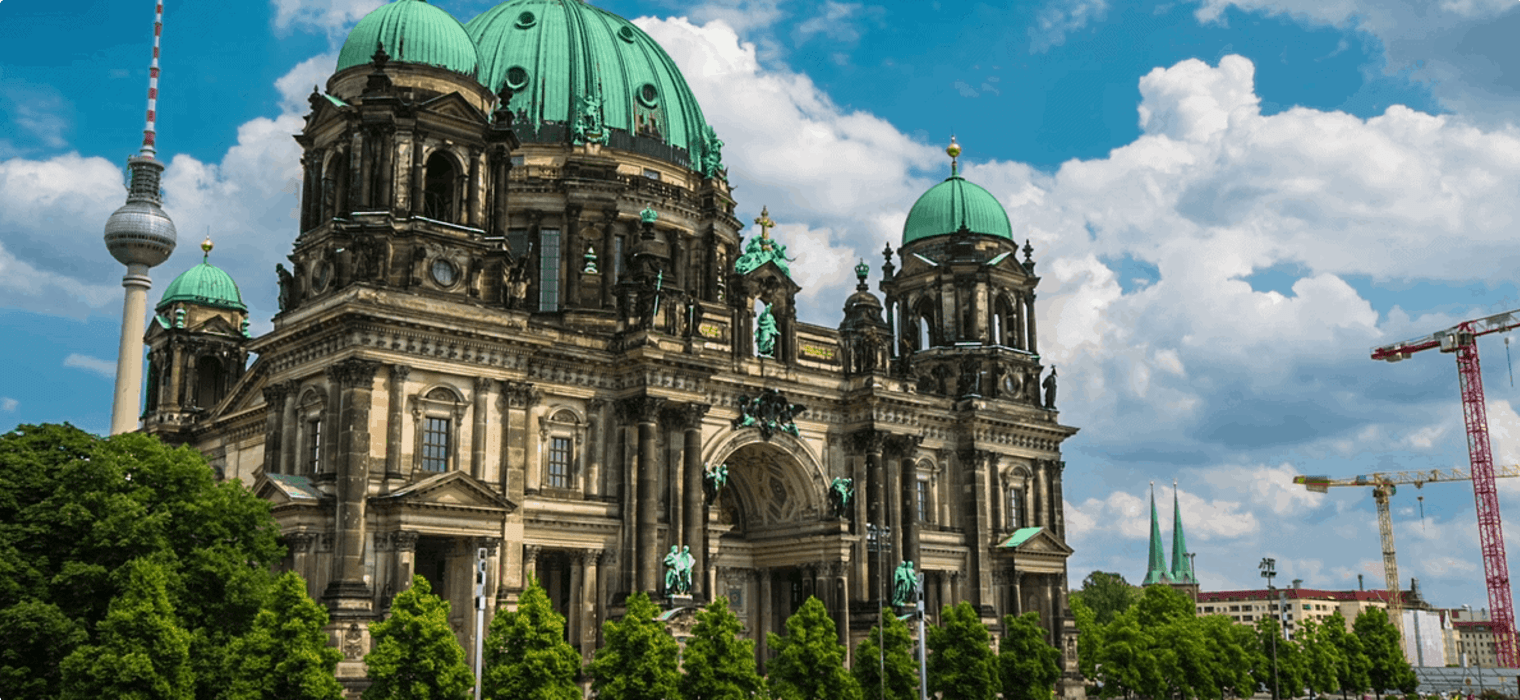
15 Must-See Sites in Berlin | Small group tours Germany
Berlin, capital of Germany, venue of the Berlinale, seat of the German Parliament, and location of UNESCO-protected Museum Island, occupies a place of prominence as a cultural and economic powerhouse.
The city dates back to the 13th Century and has served as capital of the Margraviate of Brandenburg, a principality of the Holy Roman Empire, and later the Kingdom of Prussia. After the fall of Germany in World War II, the country was divided into zones each controlled by a victorious superpower. The city itself was divided into East and West Berlin. West Berlin became a state of the Federal Republic of Germany (FRG, or West Germany) while East Berlin became the capital of the Soviet-controlled German Democratic Republic (GDR or DDR, Deutsche Demokratische Republik, East Germany). The Berlin Wall was erected in 1961, sealing off all access between the two halves of the city and reinforcing the division between eastern communism and western democracy. Berlin’s status as capital of the whole of Germany was restored with the fall of the Wall and the country’s subsequent reunification in 1990.
Now, Berlin is a major tourist destination, with endless places to discover. November 9, 2019 marks the 30th anniversary of the fall of the Berlin Wall, a significant milestone, as “the Wall will have been down longer than the 28 years it stood” (Paul Sullivan on the Guardian). Berlin marks the anniversary with a festival week filled with exhibitions, 3D video projections, art installations, guided tours, and important discussions tackling the Cold War and Germany’s reunification.
Let’s look at the 15 must-see sites to visit in the city, especially for those visiting Berlin for the first time. If you are interested in joining a tour, consider joining Odyssey Traveller’s small group tours to Germany. Odyssey Traveller’s tours are especially designed for active senior travellers and offers flexibility for the over-50s eager to see the world.
After reading about these 15 landmarks in Berlin, you might want to take a look at some of our other articles:
Brandenburg Gate
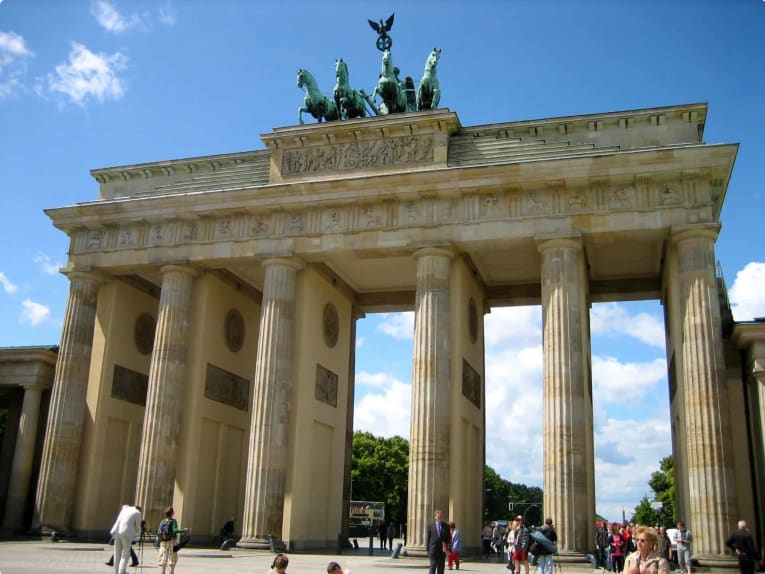
Easily reached, the 18th Century Brandenburg Gate, modelled after the Propylaeum of the Acropolis in Athens, was commissioned by Friedrich Wilhelm II as an entrance to the boulevard Unter den Linden which led to the Prussian palace. Now hailed as a symbol of German reunification, Berlin’s remaining town gate has seen its share of historic events, from Napoleon’s army stealing the quadriga statue depicting the goddess of victory on top of the Gate, to West German Chancellor Helmut Kohl walking through it to meet East German Prime Minister Hans Modrow during the Gate’s reopening in 1989.
Memorial to the Murdered Jews of Europe
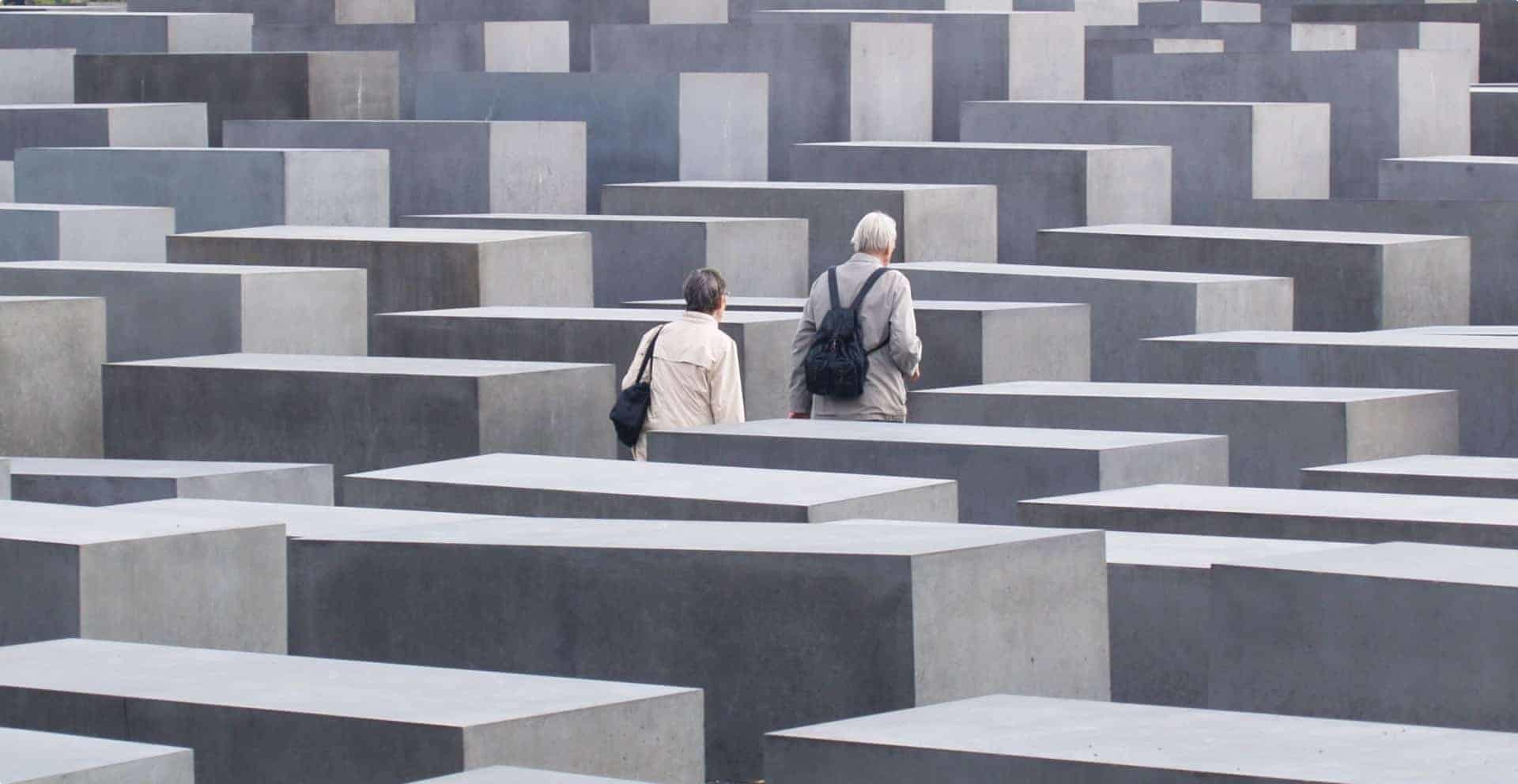
This memorial sits close to the Brandenburg Gate on a site covering 19,000 square metres. The 2,711 concrete slabs of differing heights give a sense of unease and uncertainty and offer space for visitors to contemplate the senseless violence of the Holocaust. There is an underground information centre where visitors can find information on the victims, as well as photographs, diaries, and letters.
Berlin Wall Memorial, East Side Gallery, and the Treehouse at the Wall
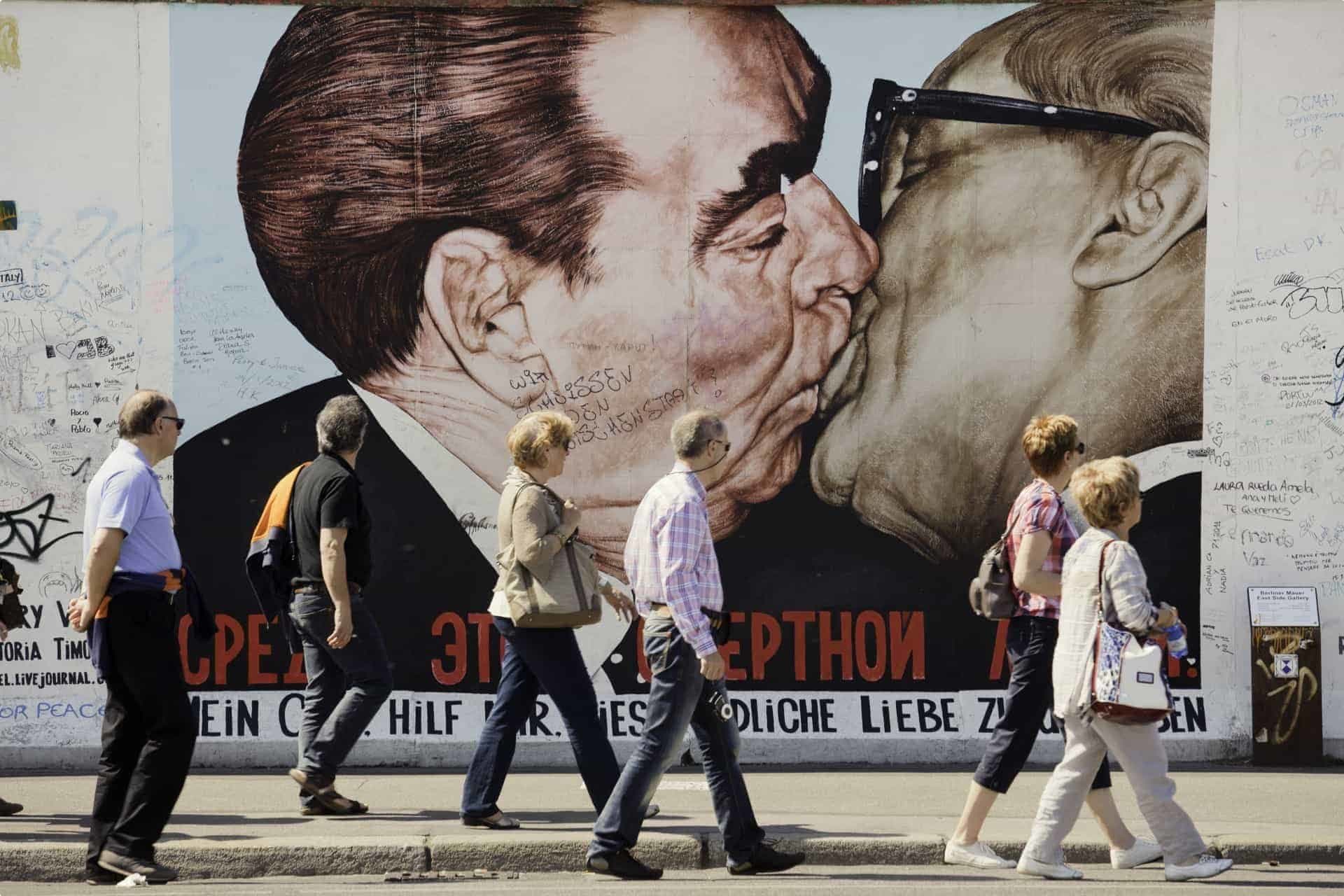
Visitors who want to learn more about the Berlin Wall can head to the Berlin Wall Memorial, an open-air exhibit situated on the former border strip on the south side of Bernauer Strasse. The memorial is 1.3 kilometres long and spans 4.4 hectares, preserving traces of the Wall and providing a commemorative site—the “Window of Remembrance”—for the victims of the border regime. A new permanent exhibition explaining the Wall’s political history entitled “1961 | 1989. The Berlin Wall” was unveiled in 2014, the 25th anniversary of the fall of the Wall, and can be viewed in the documentation centre.
The sombre atmosphere of the memorial is a contrast to the colourful East Side Gallery, a stretch of the Berlin Wall featuring more than 100 mural paintings and street art from artists all over the world. One iconic artwork is the painting by Russian artist Dmitry Vrubel showing Soviet leader Leonid Brezhnev and East Germany’s Eric Honecker sharing an intimate moment. You can go on a walking tour or bike tour of the Wall to see the artwork.
A little-known monument is the Baumhaus an der Mauer (Treehouse at the Wall), a tree house and garden built on “a triangle of East Berlin on the western side of the wall” by a Turkish immigrant near the Wall. The property still stands on the border of Mitte (formerly East Berlin) and Kreuzberg (formerly West Berlin) surrounded by modern apartments. The tree house’s original builder has passed on, but it is tended by his family.
When the Wall came up no one could use the triangle of land because West Germany didn’t own it, and the East German government, which technically owned the land, couldn’t get to it. As the empty plot quickly turned into a rubbish pit, construction worker Osman Kalin decided to clean it up and plant a garden. He even planted fruit trees! When the West Berlin police confronted him, Kalin did not give way. The East Berlin police saw the exchange and decided to protect Kalin and his property no matter what, if only to annoy the West Berlin officers further. Kalin even ended up (unknowingly) taking water from West Berlin’s emergency reserves to water his vegetables–with West Berlin ending up waiving his fine. Read more about his fascinating story here.
Palace of Tears (Tränenpalast)
After the construction of the Wall, the GDR erected a check-in hall at Friedrichstraße railway station in 1962, to be used by passengers crossing from the former East Germany to West Berlin. For most travellers, this meant being permanently separated from loved ones. Signs at the border crossing point have been preserved, giving visitors a glimpse of the structure’s oppressive atmosphere. An exhibition, “Border Experiences. Everyday Living in Partitioned Germany”, gathers interviews, biographies, and more than 500 original artefacts of divided Germany from 1962 to 1990.
DDR Museum and Museumswohnung WBS 70
What was life like in the Deutsche Demokratische Republik (DDR, German name for the GDR)? The DDR Museum offers some answers in the form of an immersive and interactive museum experience. Highlights include a simulated drive in an original Trabant P601, the most common vehicle used in the former East Germany, and an authentic reconstruction of an East German flat, complete with furniture that visitors can touch, hold, and interact with. This huge, diverse exhibition covers a space of 1,000 square metres.
If you want a more intimate experience, visit the Museumswohnung WBS 70 (museum apartment), a small, five-room apartment in the former East Berlin neighbourhood of Hellersdorf. This apartment is trapped in time, showing the furnishings and even the cleaning products during the GDR era.
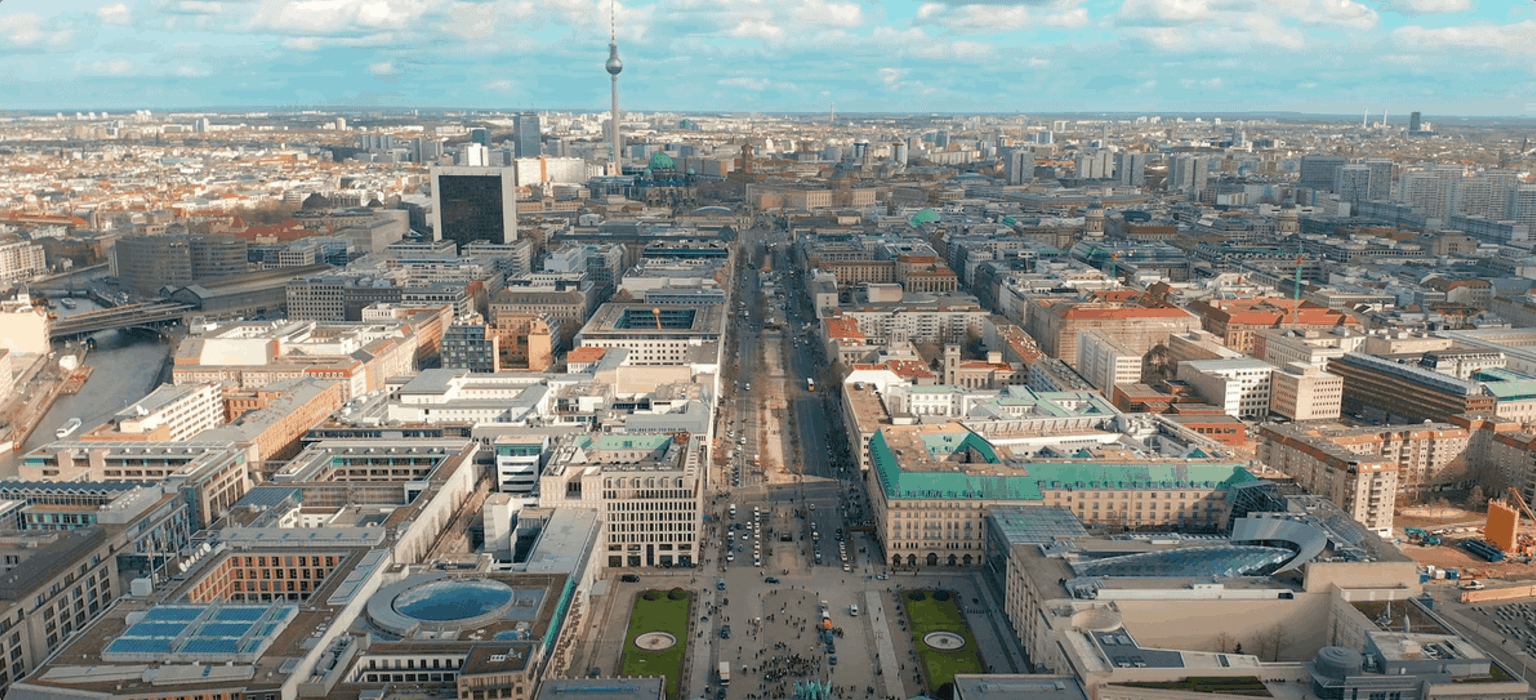
Charlottenburg Palace
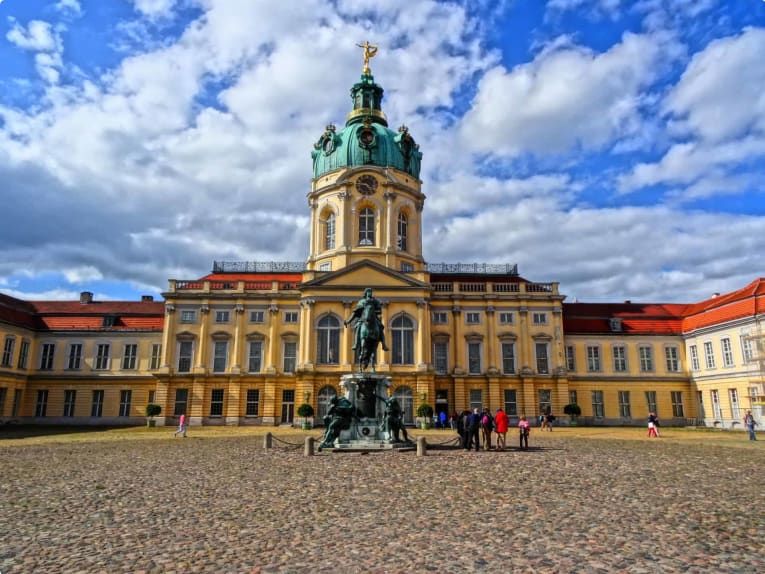
From explorations of a divided and reunified Germany, step back to the grandeur of Berlin’s Prussian rulers through this 18th Century baroque palace, named in honour of Sophie Charlotte, the first Queen consort in Prussia. Queen Charlotte was the younger sister of George Louis of Hanover, who was crowned George I of England. In 1684, she married Friedrich III (later King Friedrich I of Prussia), the Elector of Brandenburg and the then Duke of Prussia. He gave her a large estate, which became the site of this summer residence. Located in the village of Lietze, it was originally known as Lietzenburg Palace. The palace and the surrounding area were renamed Charlottenburg by Friedrich in honour of his wife, who died at the age of 36. The palace holds a display of the Prussian crown jewels and has a stunning garden.
Gendarmenmarkt
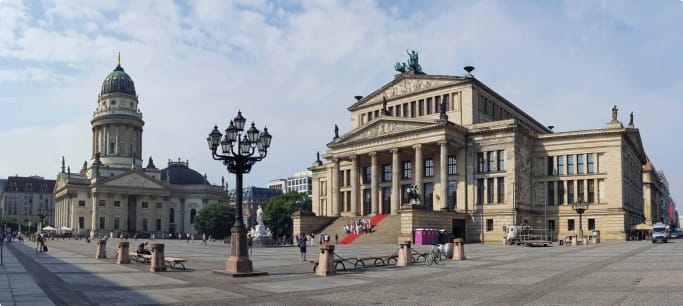
This elegant square, said to be the most beautiful in all of Europe, was built by Friedrich I at the end of the 17th Century. It is enclosed by three buildings: the Franzözischer Dom (French Cathedral), the Deutscher Dom (German Cathedral), and the Konzerthaus (Concert House). This was where the French Protestants or Huguenots settled when they were granted asylum in the Prussian capital, hence the French origin of the name—”Gens d’arms”, which is a Prussian regiment consisting of Huguenot soldiers. In summer, visitors stay for the Classic Open Air series, where the orchestra plays on the steps of the Konzerthaus, and visit the charming Christmas market in winter.
Museum Island
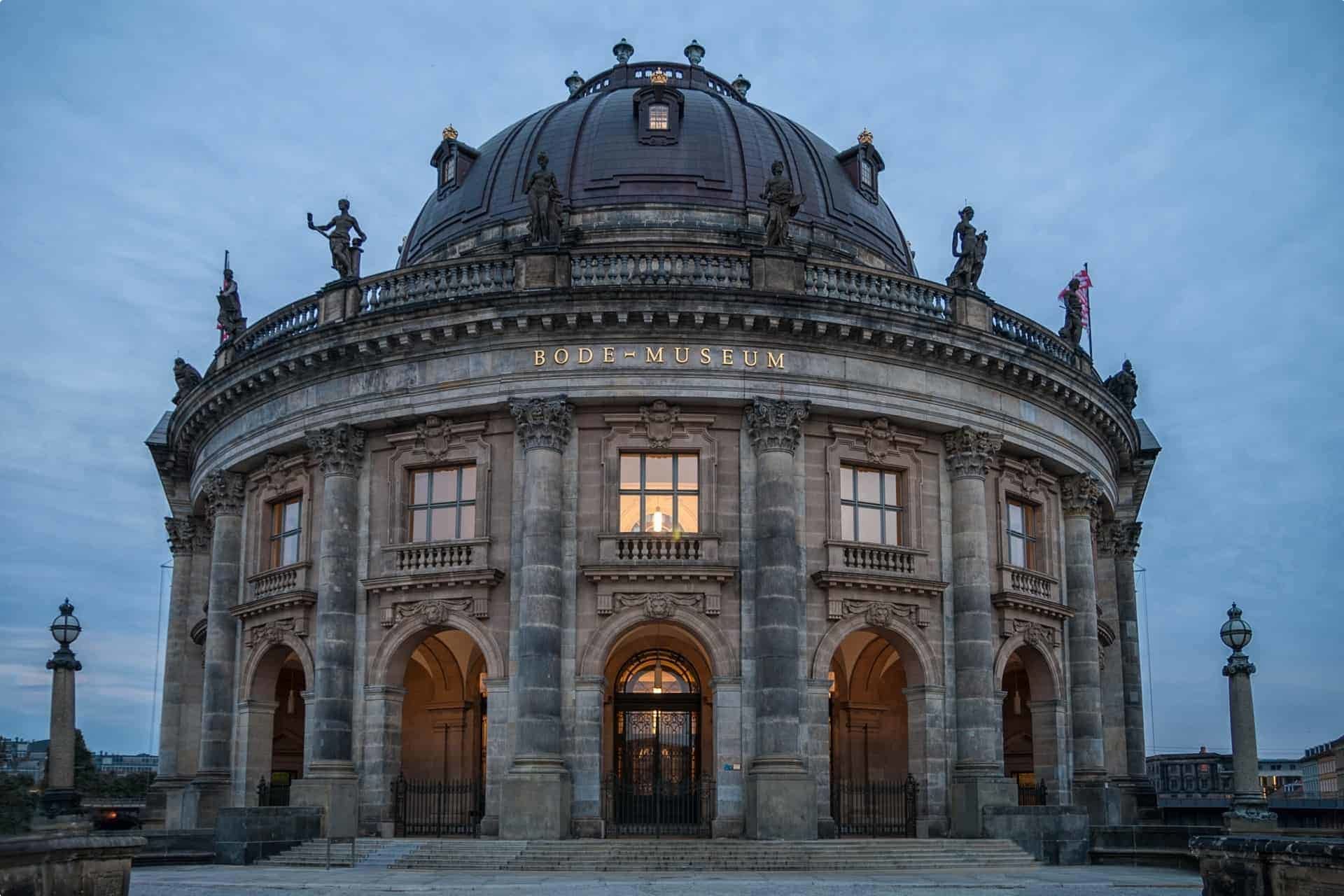
Berlin has its own island of museums, sitting in the middle of the River Spree. A UNESCO World Heritage Site, Museum Island consists of five museums built between 1824 and 1930, with collections spanning 6,000 years. The island has the Altes Museum (1830), Germany’s oldest museum, and the Bode Museum, which contains collections of Byzantine art.
Berlin Cathedral
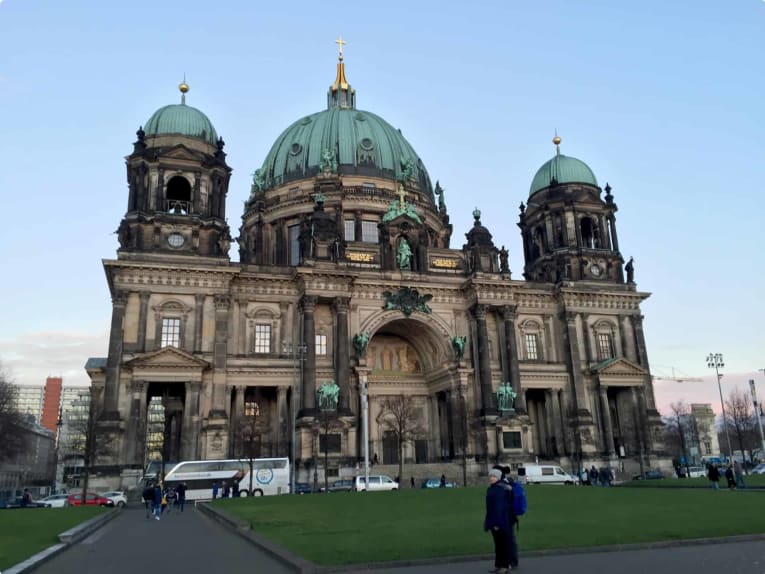
Sitting with the museums on Museum Island is the Berlin Cathedral, its magnificent green dome one of the recognizable landmarks of the city. Dating back to the 15th century, the Berlin Cathedral was the court church to the Hohenzollern Dynasty, the rulers of Prussia and who later became the German Emperors. Today, the church serves the Protestant community in Berlin and the surrounding areas. As such, the Berlin Cathedral is not a “cathedral” in its strictest sense (a Christian church containing the seat of a bishop), but it has been called the Dom (cathedral) through the centuries. Its lavish interior—featuring a marble and onyx altar and the elaborate sarcophagi carved for Friedrich I and Sophie Charlotte—is not to be missed.
Museum of Things (Museum der Dinge)
It is exactly what its name describes—a museum of everyday things, presented as they are. It’s a study of German daily life through objects, and a great place to visit for those interested in industrial and product design. Housed in a factory building, the museum centres around the work of the Deutscher Werkbund, established in 1907 by artists and entrepreneurs who were passionate about functional and efficient design.

Reichstag Building

The Reichstag building is home to the German Parliament, but the public can access its rooftop terrace and impressive glass and steel dome. The Reichstag dome, which sits directly above the debating chamber, offers a view of the parliamentary proceedings and Berlin’s government district. Visitors can also relax on the grass in front of the Reichstag.
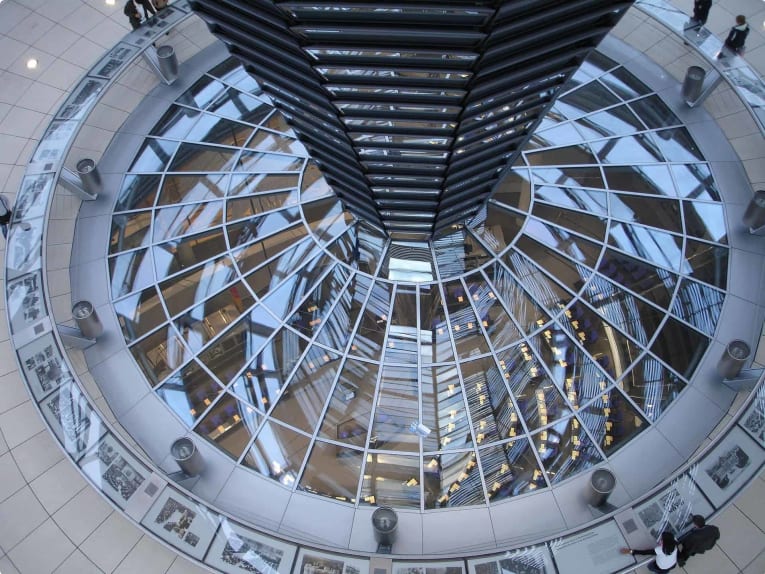
Berlin’s Movie Theatres: Babylon/Moviemiento/Kino International
As the venue of the Berlinale, Berlin is home to numerous alternative cinema theatres. Babylon was built in 1929 in the Art Deco style and shows silent movies accompanied by a cinema organ, providing the films’ soundtracks the old-fashioned way. Moviemiento is Germany’s oldest cinema with three auditoriums and a lounge, and screens art house and mainstream films. Kino International, located on Karl-Marx-Allee in the former East Germany, was the GDR’s premiere cinema and is now one of the venues of the Berlinale. It still uses hand-illustrated film posters.
Tempelhofer Feld
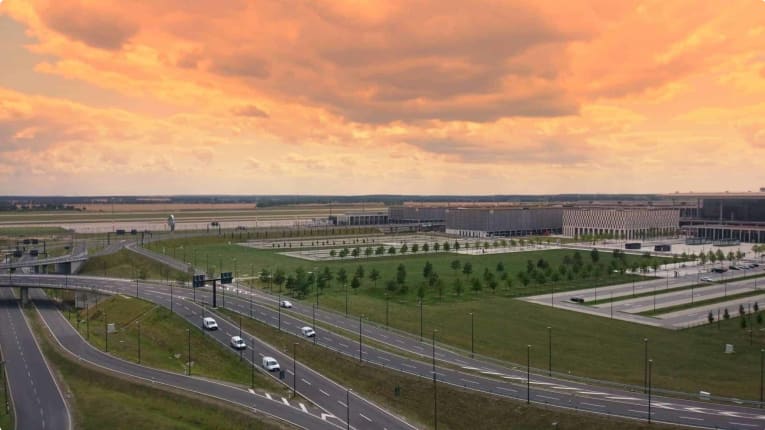
This 386-hectare military-parade-grounds-turned-airport-turned-park is one of the largest public spaces in Europe. Berlin reclaimed the open space after the closure in 2008 of the Tempelhof Airport, which was used by the Nazis during World War II and served as a commercial airport after the war. It is a great place for picnics, kite flying, and barbeques. The old runways are used for cycling, skateboarding, rollerblading, and jogging.
Berlin TV Tower (Fernsehturm)
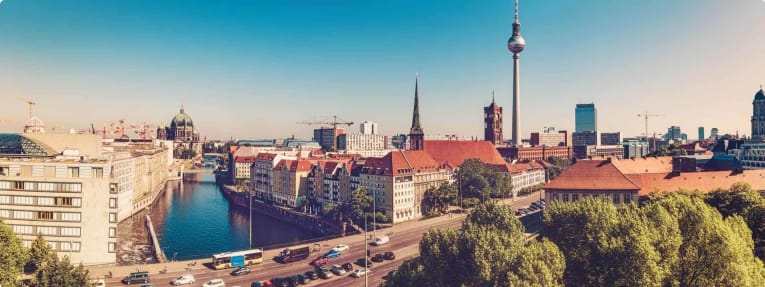
Constructed in the 1960s, the TV Tower served as a symbol of East German socialism for decades. It remains the tallest building in Berlin. Visitors can climb up to the tower to enjoy a panoramic view of the city. There is also a restaurant which revolves once around its axis every 60 minutes.
Café-Restaurant Wintergarten Im Literaturhaus Berlin
All that walking and exploring will surely leave you famished. Rest your feet and enjoy afternoon tea at this tranquil garden cafe, Café-Restaurant Wintergarten. The cafe is connected to the Literaturhaus Berlin, which houses the Kohlhaas & Company book shop. This 19th century townhouse has gone through numerous transformations over the years. It served as a military hospital during World War I, became a soup kitchen, a centre for foreign students, a brothel, a nightclub, and finally an important literary venue in Berlin. The Literaturhaus holds regular readings and literary events around the fireplace in the parlour.
Visit Germany with Odyssey Traveller
Odyssey Traveller offers a variety of tours dedicated to Germany, while a number of our Europe tours include Germany as a key destination.
Our Germany tours include:
- Contemporary Germany: This tour captures the diversity of contemporary Germany, ranging from north to south, and taking in Germany’s most important cities: Munich, Dresden, Berlin and Cologne. If you’re interested in getting out of the cities and into Germany’s beautiful scenery (including a Rhine River cruise) this is the tour for you!
- Discovering Berlin: Over twenty days living in the city, this tour of Berlin gets off the beaten path. We delve into Berlin’s fascinating and often troubling history, uncover hidden gems, and experience the cutting-edge local culture. We also offer a 12-day walking tour of Berlin. We stay in Berlin and delve into its fascinating and often troubling history, uncover hidden gems, and experience the cutting-edge local culture. On our city tour, like in our other tours, we have the services of an Odyssey Program Leader and a local guide. Our Berlin city sightseeing will include special tours into historical monuments and free time to relax in a cafe or beer garden.
- Richard Wagner’s Ring Cycle: For lovers of Wagner’s music, this tour gives you the opportunity to see four performances of his music in his home city, Leipzig.
- Bach, the man and his music: Another tour for classical music fans. This cultural tour is based around the Bach Music Festival in Leipzig, but includes visits to other cities lived in by Bach.
Germany is also visited on these Europe tours:
- Theatre, Opera, Ballet and Classical Music: This tour gives travellers the opportunity to attend performing arts concerts across four leading European cities: Hamburg, Amsterdam, Paris and London.
- The European Ballet: This tour takes in ballet concerts in cities across Germany and France.
- Discover Beethoven’s life and music: This tour traces Beethoven’s life and historical context across the cities of Bonn and Vienna. We also attend several performances of Beethoven’s work, including opening night at the Beethovenhalle in Bonn.
- Baltics Small Group Tour: This tour uncovers the history of the Baltic states: Latvia, Lithuania, and Estonia. In order to understand these countries caught between German, Scandinavian and Russian spheres of influence, the tour also includes Berlin, Poland, Helsinki and St. Petersburg.
In 2020, three of our tours – Contemporary Germany; The Habsburgs; and our Berlin tour – include a performance of the Oberammergau Passion Play.
In 1634, in the midst of a plague that swept across Europe, the residents of Oberammergau, a small town in the Bavarian Alps, promised God that if they were spared from plague they would perform a passion play every ten years. The residents have kept their pledge, performing the play every ten years. Today, the Oberammergau Passion Play attracts visitors from all around the world, and can sell out – so make sure to get into a tour quickly if you want to join us for the performance!
Updated on December 10, 2019.
Related Tours
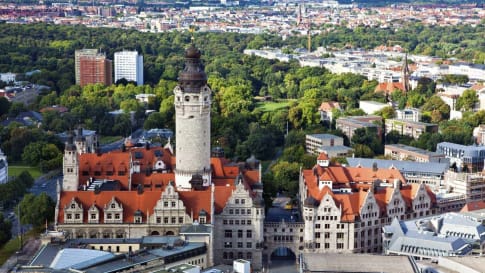
16 days
Jun, MayBach Classical European Music Festival small group tours
Visiting Germany
Enjoy the best of Bach travelling with mature couples or solo travellers in a small group tour. We take time to appreciate not just the music but also to explore Bach's history and influences in Germany. The program spends 16 days visiting the locations that where influences on his life as well as attending the Bach Music festival in Leipzig.
From A$13,340 AUD
View Tour
20 days
Apr, SepDiscovering Berlin Small Group Tour | 20 days living in Berlin
Visiting Germany
Experience Berlin while living there for almost three weeks in an apartment. From one of the best small group tour companies for Europe enjoy an escorted tour learning about the city's history and experiencing it like a Berliner. This holiday is for like minded people, mature couples or solo travelers who enjoy getting off the beaten track and exploring with some adventure.
From A$12,795 AUD
View Tour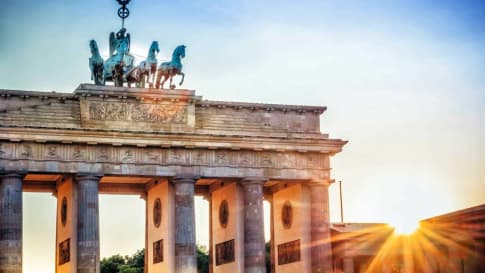
12 days
Oct, MayBerlin walking tour
Visiting Germany
Enjoy an escorted walking tour of Berlin. This small group holiday is for like minded people, mature couples or solo travelers who enjoy getting off the beaten track and exploring with some adventure. The itineraries set for each day follow sections of the Berlin Wall, whilst local guides realise authentic experiences found in this amazing city.
From A$8,745 AUD
View Tour